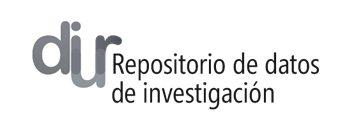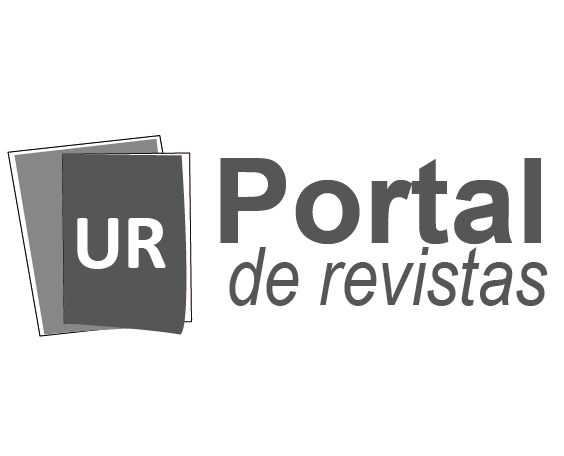Ítem
Solo Metadatos
Spatial heterogeneity and air pollution removal by an urban forest
| dc.creator | Escobedo, Francisco J. | spa |
| dc.creator | Nowak, David J. | spa |
| dc.date.accessioned | 2020-08-19T14:40:40Z | |
| dc.date.available | 2020-08-19T14:40:40Z | |
| dc.date.created | 2009-04-30 | spa |
| dc.description.abstract | Estimates of air pollution removal by the urban forest have mostly been based on mean values of forest structure variables for an entire city. However, the urban forest is not uniformly distributed across a city because of biophysical and social factors. Consequently, air pollution removal function by urban vegetation should vary because of this spatial heterogeneity. This paper presents a different approach to evaluate how the spatial heterogeneity of the urban forest influences air pollution removal at the socioeconomic subregion scale. Air pollution removal for July 1997 to June 1998 and July 2000 to June 2001 were estimated using measured urban forest structure data from three socioeconomic subregions in Santiago, Chile. Dry deposition was estimated using hourly climate, mixing height, and pollutant concentration data. Pollution removal rates among the three socioeconomic subregions were different because of heterogeneous urban forest structure and pollution concentrations. Air pollution removal per square meter of tree cover was greatest in the low socioeconomic subregion. Pollution removal during 1997–1998 was different from 2000 to 2001 due to pollution concentration differences. Seasonal air quality improvement also differed among the subregions. Results can be used to design management alternatives at finer administrative scales such as districts and neighborhoods that maximize the pollution removal rates by the urban forest in a subregion. Policies that affect the functionality of urban forest structure must consider spatial heterogeneity and scale when making region-wide recommendations. Similarly, when modeling the functionality of the urban forest, models must capture this spatial heterogeneity for inter-city comparisons. | eng |
| dc.format.mimetype | application/pdf | |
| dc.identifier.doi | https://doi.org/10.1016/j.landurbplan.2008.10.021 | |
| dc.identifier.issn | ISSN: 0169-2046 | |
| dc.identifier.uri | https://repository.urosario.edu.co/handle/10336/26980 | |
| dc.language.iso | eng | spa |
| dc.publisher | Elsevier | spa |
| dc.relation.citationEndPage | 110 | |
| dc.relation.citationIssue | No. 3-4 | |
| dc.relation.citationStartPage | 102 | |
| dc.relation.citationTitle | Landscape and Urban Planning | |
| dc.relation.citationVolume | Vol. 90 | |
| dc.relation.ispartof | Landscape and Urban Planning, ISSN: 0169-2046, Vol.90, No.3-4 (April, 2009); pp. 102-110 | spa |
| dc.relation.uri | https://www.sciencedirect.com/science/article/pii/S0169204608001801 | spa |
| dc.rights.accesRights | info:eu-repo/semantics/restrictedAccess | |
| dc.rights.acceso | Restringido (Acceso a grupos específicos) | spa |
| dc.source | Landscape and Urban Planning | spa |
| dc.source.instname | instname:Universidad del Rosario | |
| dc.source.reponame | reponame:Repositorio Institucional EdocUR | |
| dc.subject.keyword | Air quality | spa |
| dc.subject.keyword | ScaleHeterogeneity | spa |
| dc.subject.keyword | Santiago de Chile | spa |
| dc.subject.keyword | Urban forest structure | spa |
| dc.title | Spatial heterogeneity and air pollution removal by an urban forest | spa |
| dc.title.TranslatedTitle | Heterogeneidad espacial y eliminación de la contaminación del aire por un bosque urbano | spa |
| dc.type | article | eng |
| dc.type.hasVersion | info:eu-repo/semantics/publishedVersion | |
| dc.type.spa | Artículo | spa |



